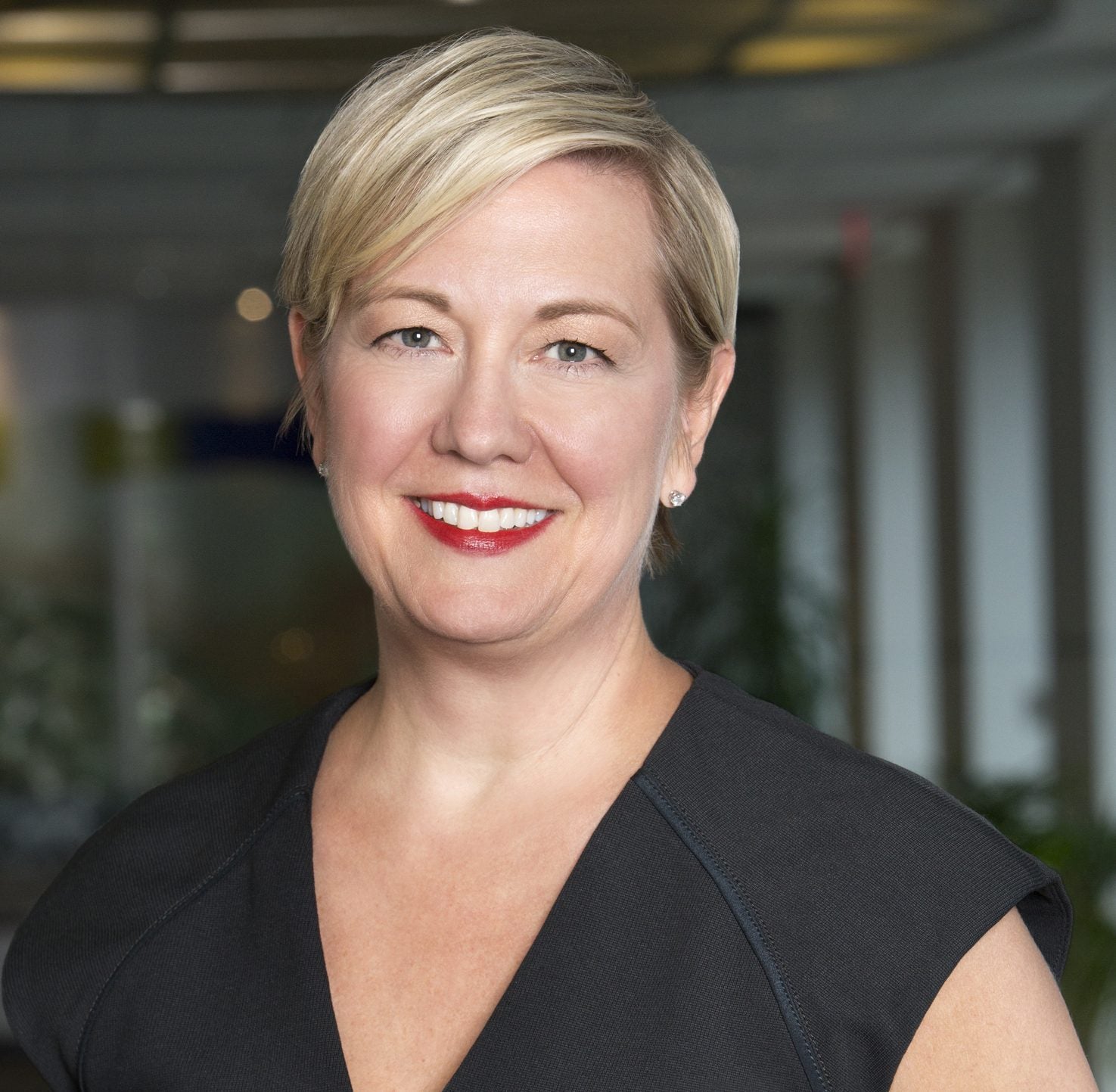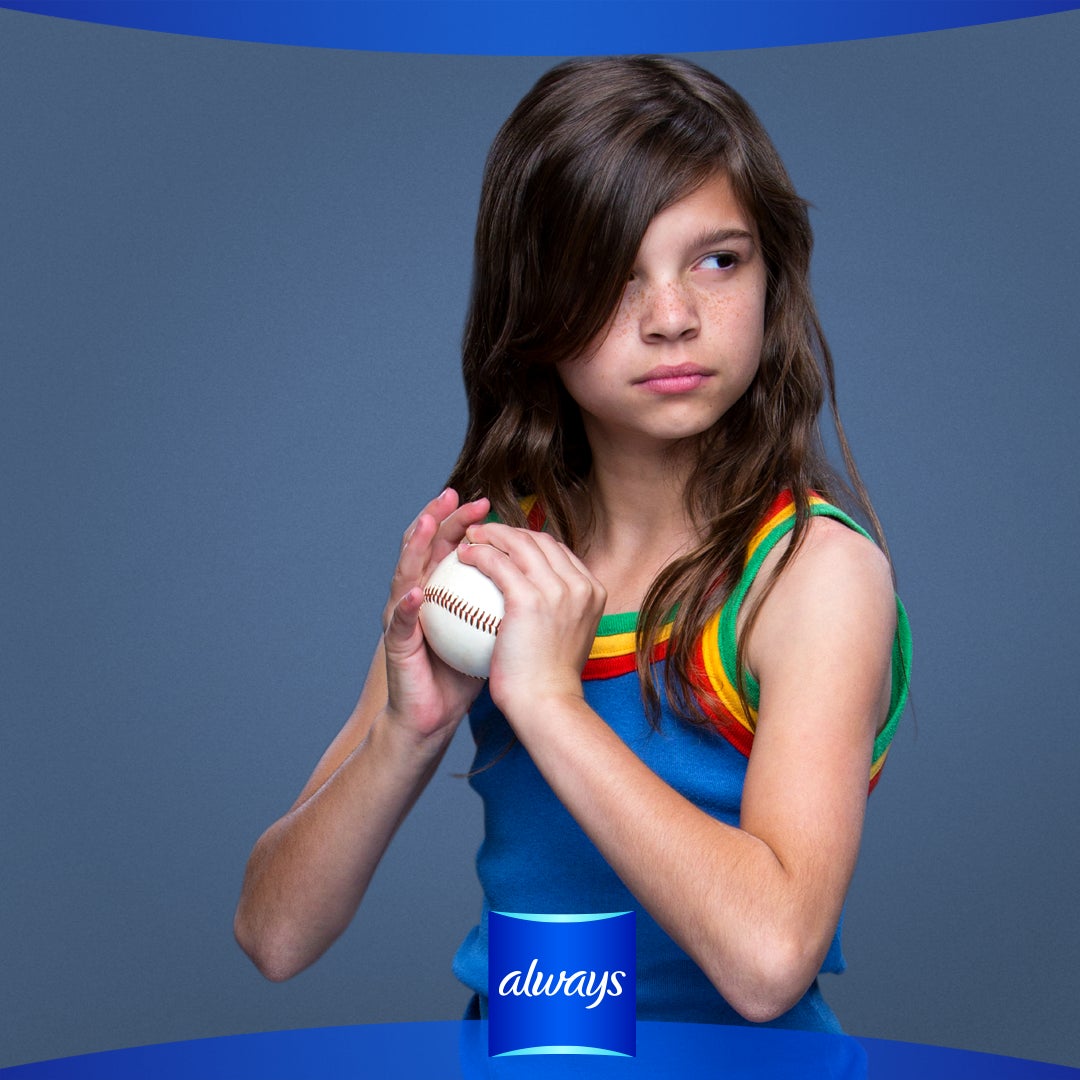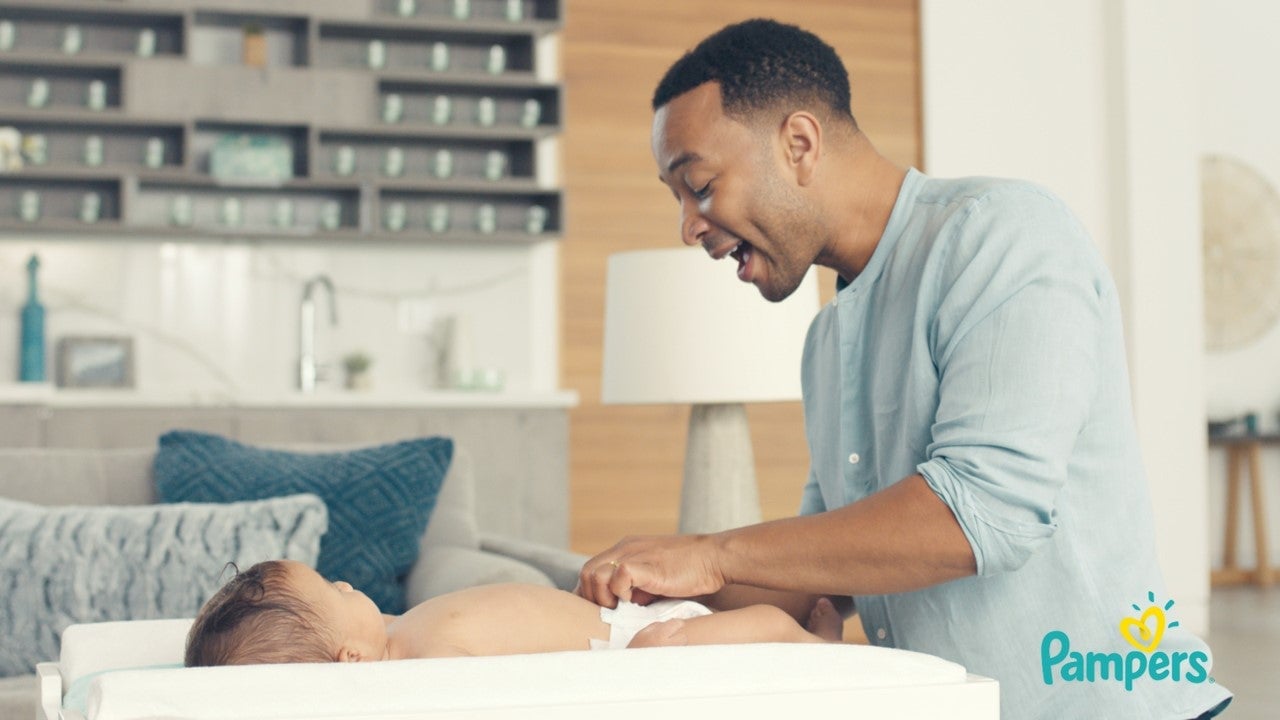The exec behind *that* Gillette ad says brands have a responsibility to challenge toxic masculinity
“Bullying,” “Me Too movement,” and “toxic masculinity” are the first few audible phrases in a Gillette ad from January this year. Troubling images flash by: A boy running from a mob of bullies, workplace sexual harassment, a male executive patronizing a female colleague. “But something finally changed,” the ad’s narrator says, as press coverage of the Me Too movement fills up the screen. Then the scenes start to shift—men call out other men on inappropriate behavior, they step in when necessary—and the resounding message is that men must hold each other accountable. The video, less than two minutes long, had over 4 million views in 48 hours and has more than 30 million today.


“Bullying,” “Me Too movement,” and “toxic masculinity” are the first few audible phrases in a Gillette ad from January this year. Troubling images flash by: A boy running from a mob of bullies, workplace sexual harassment, a male executive patronizing a female colleague. “But something finally changed,” the ad’s narrator says, as press coverage of the Me Too movement fills up the screen. Then the scenes start to shift—men call out other men on inappropriate behavior, they step in when necessary—and the resounding message is that men must hold each other accountable. The video, less than two minutes long, had over 4 million views in 48 hours and has more than 30 million today.
Gillette’s ad garnered both immense praise and intense criticism. Some people took to social media and vowed to boycott Gillette, or argued it was a “global assault on masculinity.” Others applauded the brand’s new messaging, or pointed out that the backlash only signals the dire need to discuss toxic masculinity.
Undeniably, the controversial ad was a bold commentary on negative masculine stereotypes and, importantly, offers a different model of masculinity. Before, popular media portrayed problematic behaviors like sexism and aggression for men, which helped normalize such “hyper masculine” behavior in real life, but Gillette’s campaign urges men to challenge the stereotype and provide a better example for the next generation. The ensuing discussion from Gillette’s ad also showed that brands could have a significant impact on conversations around masculinity and gender equality.
Gillette, which is owned by US consumer goods corporation Procter & Gamble, is not the only brand using its market reach to spark dialogue about traditional gender roles. Other P&G brands have done so—feminine hygiene brand Always’ #LikeAGirl campaign challenges what it means to act like a girl, while diapers brand Pampers’ ads that show fathers taking an equal role in parenting. Elsewhere, men’s fashion brand Bonobos has a campaign titled #EvolveTheDefinition in which men, including trans men and men of color, talk about how multifaceted masculinity can be. Men’s grooming brand Axe, which is owned by Unilever, also shifted its advertising direction from emphasizing a man’s sexual prowess to showing that masculinity can be about celebrating individuality and caring about a woman’s pleasure, as opposed to hyper masculine stereotypes.

Carolyn Tastad helps some of these ads get made. As the group president of P&G’s $30 billion North American business, Tastad oversees some of the world’s largest brands with ads exploring gender equality, and her role includes shaping the marketing direction these brands take. She has been consistently outspoken about how corporate America must up its efforts to achieve gender equality, which includes dismantling stereotypes and bias. Tastad recently spoke to Quartz about the contentious Gillette ad, why advertising must tackle concepts of masculinity, and what companies and brands can do beyond marketing to put plans for gender equality into practice.
This interview has been edited for clarity and length.
Quartz: In recent years, numerous brands have started approaching conversations about masculinity, or what masculinity means, in their marketing. Is it important for brands to do this? And if so, why?
Carolyn Tastad: We believe that advertising has the power to change mindsets. In many cases, it really influences popular culture because it’s seen so many times and with such frequency. And so a very big part of our gender equality effort is really focused on leveraging our voice in advertising and media. The Gillette campaign, which I’m so proud of, takes on this other important conversation about modern masculinity. This campaign puts the spotlight on great men holding other men to the highest standards and really being role models for the next generation. We believe we can spark dialogue that can really motivate change.
Tell us more about the thinking behind the Gillette ad. What was really the impetus behind it?
I think there are a couple of things. Certainly, we encourage all of our brands to find their authentic voice in how they want to communicate with consumers and stakeholders. So while it can be motivated by current events and current conversations that are happening, it still has to be what’s right for the business, for the brands, and for the consumers they serve. Otherwise it’s unsustainable, or even worse, it shows up as artificial. But when [brands do it successfully], it can really be a force for good and a force for growth.
The reality is today, stakeholders of all kinds, whether it’s consumers, investors, or employees, they expect more from brands than just selling products. They want to know what they believe in. They want to know their values. They want to know the people behind them and the actions they’re taking on important issues. And that was the impetus for Gillette. They were saying, ‘We are a brand that for many years has shaped perceptions of masculinity and we’ve helped create what it means to be the best a man can get.’ And the shift that the brand team made is going from ‘the best a man can get’ to ‘the best a man can be.’
The Gillette ad caused quite a stir. What do you think about the public’s reaction to the ad, both the good and bad?
Honestly, it goes to a couple of things. It goes to my first point that says the brand has to have an authentic voice, right? You can’t jump onto something because you think it’s popular or in any way that’s not congruent and consistent with what the brand believes. And so the Gillette team knew very well that this campaign would spark dialogue, and it certainly did. But importantly, as we went through the campaign, the sentiment became much more positive than negative.
And we got tremendous kudos. If you think about Generation Z, millennials under 30—those consumers expect brands not to be silent on important issues. They expect brands to take these on. And so we got very positive comments. I mean, the role of men matters in this space, right? Men need to play an equally important role as women in eliminating bias, promoting equality, demonstrating positive social and cultural behavior. You know, all too often we talk about gender inequality as a woman’s problem. But it has to be something that is an issue for all of us, it’s about men and women advocating for a more equal world. That’s a better role for all of us. And so we created the film knowing very well it would spark a conversation, but it was so congruent with what the brand stood for, what the brand voice was, that we stood by that 100%.

You’ve spoken a couple of times about authenticity. Do you think that’s the biggest challenge for brands approaching these conversations about masculinity in their marketing?
It’s hard for brands to find the unique authentic voice in the space. That insight becomes the root of what we build the story around, and these become some of our most effective brand campaigns in terms of building the business and creating equity for the brand. Nine out of 10 consumers say they have a more positive view of a brand when it supports a social cause. And more than half of consumers say that a brand that has shared beliefs with them influences their purchase decisions. So we know finding voice is important, and to my point on authenticity, it’s got to be done in a way that connects with the brand origin or it doesn’t have the same impact.
I’m sure you’re thinking about these issues a lot because you’re also the gender equality executive sponsor for P&G. Can you tell me a little more about P&G’s efforts around gender equality?
P&G picked three areas. Firstly, as the world’s largest advertiser, we should use our voice in advertising and media to tackle bias. Second, we want to use our corporate voice to tackle bias, which includes improving access to STEM education for girls, or working with governments in developing countries to change legislation so women have access to work. The things we’re working on are very education and economic opportunity-based. Third, it’s the work we’re doing inside to get to 50:50 representation.
How close is P&G to achieving that?
More than 47% of our managers globally are women. At the more junior levels we are 50:50 and making very consistent progress all the way to the top of the house. In terms of our global leadership council, 40% of our company leaders are women. We’ve been really intentional and stepping that up. So we’re very committed to achieving equal representation at all levels and we’re very transparent.
Speaking about representation at different levels, women are usually underrepresented in senior executive roles. Do you feel pressure to change that, and what has your experience been in ascending the corporate ladder?
We think about representation of women from every angle and every vector of intersectionality—women of color, LGBTQI, people with disabilities. We’re very intentional about this and this is something our company believes in deeply. From my personal experience, I’ve worked [over 30 years] for a company with great values.
I also grew up in a very equal household. My dad was a farmer, my mom was a school teacher. My dad did things at home in the winter when he was not in the field, and my mom did more of it in the summer—that’s just how it was. And then I went to Toronto to work for P&G. It was the most diverse city in the world, I always had women around me. In 1993, I moved to Hunt Valley, Maryland and joined my first all-male lead team. My manager at the time said, ‘We’re so happy to have you on our team because you’re going to add diversity to our team.’ And I kind of stopped. I know I had this quizzical look on my face, and I said, ‘Is that because I’m Canadian?’ It was only two weeks later when I realized he was referring to me being a woman. So equality is a core value for me, and P&G has the opportunity and influence to impact it. Women are important to our business.
How can high-level male executives, or male employees in general, contribute to these conversations about masculinity and equality within a company?
It can’t just be about women in order for us to get to an equal environment. What we have to do is make sure that all of us are understanding why it’s important to build a more equal world because it’s better for businesses, better for economies, it’s better for the communities we live in. It’s just a better place for all of us. But it does take men and women. When I took on the corporate women’s leadership team, which is an executive level team from different disciplines and regions and business units, I looked around the table and I was like, ‘Where are the guys? We have to have men at the table.’ And so we have men on our corporate women’s leadership team. I feel really good about that.
We are also working in partnership with Catalyst [a nonprofit that helps companies build inclusive and equal workplaces], and we have a program focused on the role men can play within our organization. Catalyst’s Men Advocating Real Change (MARC) program is an experiential workshop which is really about driving deeper understanding of privilege and power bias. In order for us to make progress, we have to understand how power and bias show up everyday and we have to know how to deal with them. So that’s been one example of training that we’ve done so that we can have the necessary conversations and go deep enough. You’ve got to go deep on this stuff. You can’t leave it at the surface if you want to make progress.
What is your advice to other companies and brands who are trying to approach conversations about masculinity and conversations about gender equality, whether that’s internally at the company or through marketing?
One of the biggest issues that we continue to have to address, whether it’s inside of companies in the workplace or whether it’s in the world around us, is this notion of bias. The bias that perpetuates a lack of progress, or the bias that becomes a narrative that becomes an excuse for not making progress. For example, ‘there’s not enough women in the pipeline.’ That’s false. So there are many things that get perpetuated through biases. The biggest issue is we have to deal with the insidiousness of that.
My biggest piece of advice to other business leaders and other companies is, you must be intentional. [Approaching conversations about masculinity and gender equality] has got to be aligned to your values and you’ve got to believe it deeply. And it has to be driven from the top all the way through the organization. Everybody talks about inclusive environments and all the rest of it, but it’s insufficient to talk about it. You must be very intentional in the work that you do everyday to bring this to life, whether it’s in your business strategy, whether it’s in a more disciplined and deliberate approach to talent management and talent systems, to driving equality-based policies and practices, and frankly, to broadening our definition of what a leader looks like. Because too often we just default to this dated stereotype [of what a leader looks like]. We’ve got to have targets and quotas with intentional actions underneath, and that’s got to be led at the top of the company. So there’s my one important word for you: intentionality.
This story is part of How We’ll Win in 2019, a year-long exploration of workplace gender equality. Read more stories here.